Binary Options: Basics and Principles of Earning (2025)
Updated: 21.03.2025
What is Binary Options and Binary Trading (2025)
Today we will talk about what Binary Options are and why they are so popular these days. We will also analyze the principle of operation of Binary Options.
Binary options themselves appeared back in 2008 as one of the types of financial instruments. Simply put, at that time people were looking for ways to make profits in simpler ways, as opposed to regular market trading, which is still a very complex tool for financial speculation today.
Let's take a closer look at how Binary Options work using an example: The broker provides us with a price chart of the asset - a chart where all price changes over time are visible. As a rule, the price chart takes up most of the trading window - this is one of the most important tools that allows us to determine the future direction of the price.
The broker also provides us with a choice of assets, which most often consist of currency pairs - the ratio of the price of one currency to another (example: EUR/USD - the ratio of the price of the Euro to the price of the American dollar). Brokers also very often provide assets for trading that reflect the prices of precious metals, commodities, stocks, indices, etc. You can select any of these assets and make transactions on them. In this case, we have selected the asset AUD/CAD (Australian Dollar versus Canadian Dollar).
Before making a transaction, the trader selects an investment amount - this is the amount that the trader wants to invest in the transaction in order to, in the future, make a profit from it.
Profit on Binary Options is fixed and most often ranges from 60% to 98% of the investment amount. Profit is accrued only if the trader’s forecast is correct; otherwise, the trader loses the investment amount. The profit for the transaction is known before it is concluded with the broker - in this example it is equal to 77% of the investment amount.
All transactions are opened for a certain time - expiration time. This time is also chosen by the trader himself. On Binary Options, you can open trades for a period of time from a few seconds to several months.
Did your prediction come true? In this case, you will receive 77% of the investment amount on your trading account, and, of course, the investment amount itself back. Example: you invested $100 in an up trade and the forecast came true. In this case, the broker returns your $100 to you and adds a well-deserved profit of $77 (77% of the investment amount) to them.
Did the forecast come true? In this case, the broker takes your investment amount. Example: you invested $100 in a short trade and the forecast did not come true. In this case, you lose only the investment amount.
This approach to financing quickly became popular, because the trader knows in advance the amount of possible profit and possible losses. Simply put, you yourself are free to choose how much to earn with a correct forecast and how much to lose if the forecast is not justified (of course, you choose all this only until the moment you open a transaction, and then you just wait for the results).
In fact, the trader's task is to correctly determine the direction of the price and choose the right time to close the transaction (expiration time). Let's take a closer look.
For example, a trader saw the news that the American dollar was slowly but surely falling. In this case, his actions will be as follows:
There is one very important point on Binary Options, which allows you to earn even on the smallest price changes. The deal will be profitable if the price moves in the direction you have chosen, even by one (point).
Example: Let's take the same USD/CAD situation as described above. A down trade is opened at the price level "1.33759", and the closing price of the trade is "1.33758" - in this case, the trader will still get his profit, because. his prediction was correct (the price of the asset went down).
This feature of Binary Options allows you to open transactions for very short periods of time: from a few seconds to several minutes and profit from even the smallest changes in the price of an asset.
By the way, if a deal is opened at the opening price, then (depending on the broker) the trader does not lose anything - the investment amount is returned to the trader's balance.
Of course, due to such availability, the bulk of the brokers' clients are novice traders. This is also due to the fact that binary options are very easy to master, compared to the same Forex market or other financial instruments.
Also, trading on Binary Options is very simple from the technical side: there are only a couple of buttons with a choice of direction, as well as several additional windows with the choice of an asset, expiration time and investment amount - even a child will figure it out in 5-10 transactions.
But, behind the simplicity and accessibility, there are difficulties in mastering this profession. To trade consistently and profitably, you need to have some skills and knowledge that we do not get in everyday life.
At the first stages, you will not notice this, but over time, you will realize that everything is not so simple, and this training course will correct the lack of your knowledge.
For the most part, Binary Options brokers do not take your trades to the real market - even if you invest billions of dollars in the euro's rise, the price will not change its direction. Simply put, brokers provide us with real price movements, but all transactions take place only within the brokerage company.
Binary options are a totalizator for price movements. The trader makes a forecast, and if it is justified, then it is the broker who pays the trader his profit. If the forecast is not justified, then the trader gives the broker his money.
Unfortunately, the statistics are such that 95% of traders enrich brokers, so, I will answer your question right away - no, a trader will not be able to ruin a broker if he trades very profitably, because. the broker will receive many times more money from the losses of less successful traders.
Does this mean that being a trader is not profitable? Not at all. Your task is to get into these same 5% of profitable traders and the broker will have no choice but to consistently pay you the money you earn.
Simply put, if you are a good trader and earn a stable income, then the broker gives you a part of his earnings. The money in this area is huge, so, in 99.999% of cases, the amount of your reward is a penny in the broker's pocket.
If you ask a novice trader, he will confidently say that everything is simple here - he chose the direction of the asset price and pressed the desired button. But if you ask an experienced trader about the simplicity of Binary Options, he will tell you what a difficult path he went through to achieve his success. Why is this so?
Would you use a financial instrument when you have absolutely no experience with it? I doubt. Broker advertising companies present us with Binary Options as a “very simple financial instrument” - high profits in a matter of seconds, just click on the right button.
As I wrote earlier, Binary options are also called "All or Nothing" - also two outcomes of the development of events.
The funny thing is that Binary Options appeared long before 2008, but they existed in a slightly different form, although with the same components. Brokers have been taking price level bets for decades, so this is further proof that the new is the long-forgotten old.
Brokerage companies invest a lot of money in the development of their product, and since they do it, it means that it is profitable for them. What kind of imminent closure can we talk about?
Of course, since the "appearance" of Binary Options in 2008, there have been a lot of changes, and the competition has grown significantly, but anyway, how Binary Options existed, so they exist to this day.
Brokers, on the contrary, are trying more and more to please their clients - they add new types of options, increase profits, offer better conditions. This business has been profitable for them for more than 10 years, and, believe me, this is just the beginning.
At the moment, there is no such force that could finally close Binary Options. Is Binary Options trading prohibited in any country? Well, there are a lot of brokers that are not subject to this ban - trade as much as you want. In addition, brokers easily provide new types of options that are not subject to prohibitions. There are always loopholes for traders.
Thus, we have an industry that originated in the last century and which is unlikely to die out in this century.
Binary options themselves appeared back in 2008 as one of the types of financial instruments. Simply put, at that time people were looking for ways to make profits in simpler ways, as opposed to regular market trading, which is still a very complex tool for financial speculation today.
Contents
- How does a Binary Option work?
- How do Binary Options trades work?
- How to make money on Binary Options?
- Who can trade Binary Options?
- Who needs Binary Options and who makes money from it?
- What is the “Simplicity” of Binary Options?
- What does “Binary” mean?
- Are binary options going to close soon?
- The beginning has been made
How does a Binary Option work?
A binary option or “All or Nothing” option is a transaction concluded between a broker, who provides all the necessary conditions for this, and a client (trader). The trader makes a forecast: after what time the price of the asset will be higher than at the time of the transaction, or vice versa – lower. Depending on the result, the trader receives a fixed amount of profit or loses the amount invested in the transaction. Hence the name “All or Nothing”, or Binary Options.Let's take a closer look at how Binary Options work using an example: The broker provides us with a price chart of the asset - a chart where all price changes over time are visible. As a rule, the price chart takes up most of the trading window - this is one of the most important tools that allows us to determine the future direction of the price.
The broker also provides us with a choice of assets, which most often consist of currency pairs - the ratio of the price of one currency to another (example: EUR/USD - the ratio of the price of the Euro to the price of the American dollar). Brokers also very often provide assets for trading that reflect the prices of precious metals, commodities, stocks, indices, etc. You can select any of these assets and make transactions on them. In this case, we have selected the asset AUD/CAD (Australian Dollar versus Canadian Dollar).
Before making a transaction, the trader selects an investment amount - this is the amount that the trader wants to invest in the transaction in order to, in the future, make a profit from it.
Profit on Binary Options is fixed and most often ranges from 60% to 98% of the investment amount. Profit is accrued only if the trader’s forecast is correct; otherwise, the trader loses the investment amount. The profit for the transaction is known before it is concluded with the broker - in this example it is equal to 77% of the investment amount.
All transactions are opened for a certain time - expiration time. This time is also chosen by the trader himself. On Binary Options, you can open trades for a period of time from a few seconds to several months.
How do Binary Options trades work?
The trader’s task is to determine where the price will be after a certain period of time, or rather, whether the price will be higher or lower than the current price value. To open trades, as a rule, there are two buttons: Above (CALL) and Below (PUT). If a trader believes that, for example, within 5 minutes the price of an asset will increase (in relation to the current price), then he presses the CALL button: If the Trader believes that the price will fall (become less) over a certain period of time, then he opens a down trade by pressing the PUT button: Depending on the results, the trader either makes a profit for a correct forecast, or loses only the amount invested in the trade.Did your prediction come true? In this case, you will receive 77% of the investment amount on your trading account, and, of course, the investment amount itself back. Example: you invested $100 in an up trade and the forecast came true. In this case, the broker returns your $100 to you and adds a well-deserved profit of $77 (77% of the investment amount) to them.
Did the forecast come true? In this case, the broker takes your investment amount. Example: you invested $100 in a short trade and the forecast did not come true. In this case, you lose only the investment amount.
This approach to financing quickly became popular, because the trader knows in advance the amount of possible profit and possible losses. Simply put, you yourself are free to choose how much to earn with a correct forecast and how much to lose if the forecast is not justified (of course, you choose all this only until the moment you open a transaction, and then you just wait for the results).
How to make money on Binary Options?
As you can already understand, in order to make money on Binary Options, you need to open 58-60% (and more) profitable trades - trades in which your forecast for price changes will come true.In fact, the trader's task is to correctly determine the direction of the price and choose the right time to close the transaction (expiration time). Let's take a closer look.
For example, a trader saw the news that the American dollar was slowly but surely falling. In this case, his actions will be as follows:
- The trader will find a suitable asset with USD (American dollar) - it can be one of the following assets: EUR/USD, USD/JPY, USD/CAD, etc.
- As the US dollar falls, the second currency in the pair becomes stronger. Thus, on currencies where USD is in first place, a decrease is expected (example: USD/CAD), and on currencies where USD is in second place, on the contrary, an increase is expected (EUR/USD).
- A trader opens a short trade on the USD/CAD pair (or an up trade on the EUR/USD currency pair) for a certain period of time and waits for the closing time of the trade.
There is one very important point on Binary Options, which allows you to earn even on the smallest price changes. The deal will be profitable if the price moves in the direction you have chosen, even by one (point).
Example: Let's take the same USD/CAD situation as described above. A down trade is opened at the price level "1.33759", and the closing price of the trade is "1.33758" - in this case, the trader will still get his profit, because. his prediction was correct (the price of the asset went down).
This feature of Binary Options allows you to open transactions for very short periods of time: from a few seconds to several minutes and profit from even the smallest changes in the price of an asset.
By the way, if a deal is opened at the opening price, then (depending on the broker) the trader does not lose anything - the investment amount is returned to the trader's balance.
Who can trade Binary Options?
Another huge advantage of binary options is that trading on this financial instrument is available to everyone. Many brokers provide an opportunity to start trading with a deposit of just $5-10 and open trades for $1 or the equivalent in your national currency.Of course, due to such availability, the bulk of the brokers' clients are novice traders. This is also due to the fact that binary options are very easy to master, compared to the same Forex market or other financial instruments.
Also, trading on Binary Options is very simple from the technical side: there are only a couple of buttons with a choice of direction, as well as several additional windows with the choice of an asset, expiration time and investment amount - even a child will figure it out in 5-10 transactions.
But, behind the simplicity and accessibility, there are difficulties in mastering this profession. To trade consistently and profitably, you need to have some skills and knowledge that we do not get in everyday life.
At the first stages, you will not notice this, but over time, you will realize that everything is not so simple, and this training course will correct the lack of your knowledge.
Who needs binary options and who makes money on it?
If you think that binary options are only beneficial for traders, then this is not true. Binary options themselves are built on the principle of "All or Nothing", which means that this "Nothing" brings someone profit.For the most part, Binary Options brokers do not take your trades to the real market - even if you invest billions of dollars in the euro's rise, the price will not change its direction. Simply put, brokers provide us with real price movements, but all transactions take place only within the brokerage company.
Binary options are a totalizator for price movements. The trader makes a forecast, and if it is justified, then it is the broker who pays the trader his profit. If the forecast is not justified, then the trader gives the broker his money.
Unfortunately, the statistics are such that 95% of traders enrich brokers, so, I will answer your question right away - no, a trader will not be able to ruin a broker if he trades very profitably, because. the broker will receive many times more money from the losses of less successful traders.
Does this mean that being a trader is not profitable? Not at all. Your task is to get into these same 5% of profitable traders and the broker will have no choice but to consistently pay you the money you earn.
Simply put, if you are a good trader and earn a stable income, then the broker gives you a part of his earnings. The money in this area is huge, so, in 99.999% of cases, the amount of your reward is a penny in the broker's pocket.
What is the “Simplicity” of Binary Options?
In short, you have two buttons (Above and Below) that reflect the essence of Binary Options. It all looks very easy, but in reality?...If you ask a novice trader, he will confidently say that everything is simple here - he chose the direction of the asset price and pressed the desired button. But if you ask an experienced trader about the simplicity of Binary Options, he will tell you what a difficult path he went through to achieve his success. Why is this so?
Would you use a financial instrument when you have absolutely no experience with it? I doubt. Broker advertising companies present us with Binary Options as a “very simple financial instrument” - high profits in a matter of seconds, just click on the right button.
What does Binary mean?
“Binary”, oddly enough, means exactly what comes to your mind from the first seconds. In fact, “Binary” means exactly that there are two outcomes of closing a deal, two directions of price movement for the trader to choose.As I wrote earlier, Binary options are also called "All or Nothing" - also two outcomes of the development of events.
The funny thing is that Binary Options appeared long before 2008, but they existed in a slightly different form, although with the same components. Brokers have been taking price level bets for decades, so this is further proof that the new is the long-forgotten old.
Binary options close soon?
Every year, some smart guy claims that Binary Options is about to cease to exist. So it was in 2008, so it was in 2018 – nothing changes.Brokerage companies invest a lot of money in the development of their product, and since they do it, it means that it is profitable for them. What kind of imminent closure can we talk about?
Of course, since the "appearance" of Binary Options in 2008, there have been a lot of changes, and the competition has grown significantly, but anyway, how Binary Options existed, so they exist to this day.
Brokers, on the contrary, are trying more and more to please their clients - they add new types of options, increase profits, offer better conditions. This business has been profitable for them for more than 10 years, and, believe me, this is just the beginning.
At the moment, there is no such force that could finally close Binary Options. Is Binary Options trading prohibited in any country? Well, there are a lot of brokers that are not subject to this ban - trade as much as you want. In addition, brokers easily provide new types of options that are not subject to prohibitions. There are always loopholes for traders.
Thus, we have an industry that originated in the last century and which is unlikely to die out in this century.

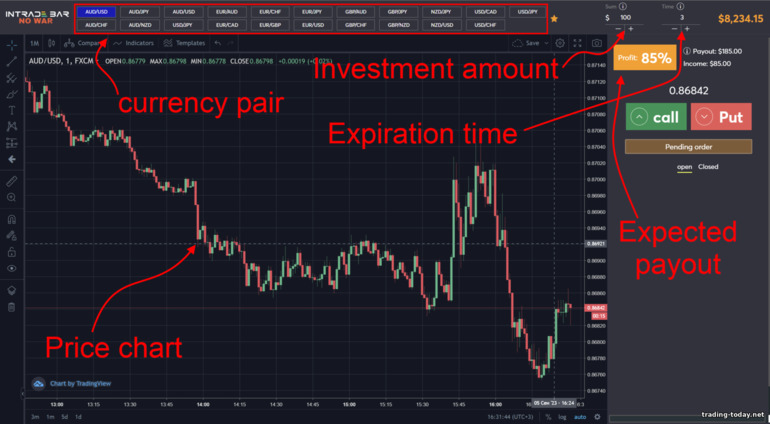
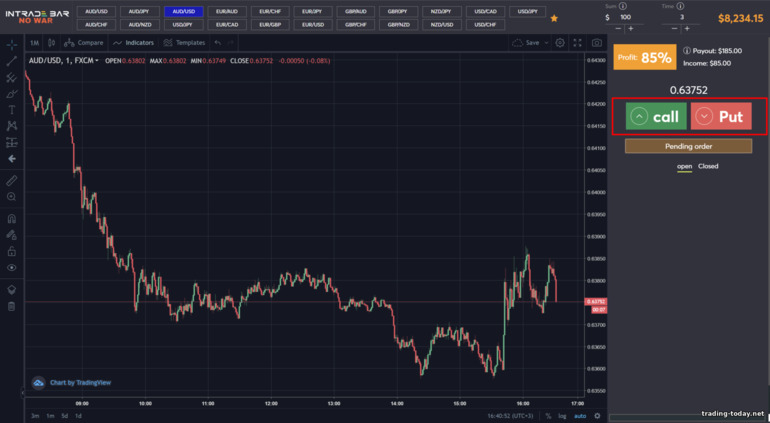
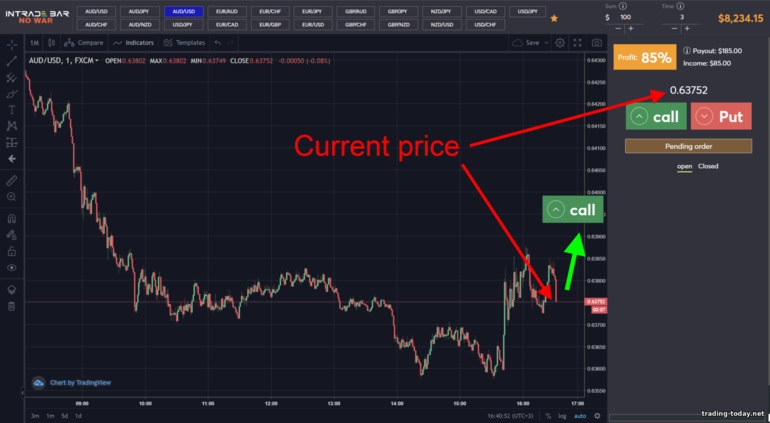
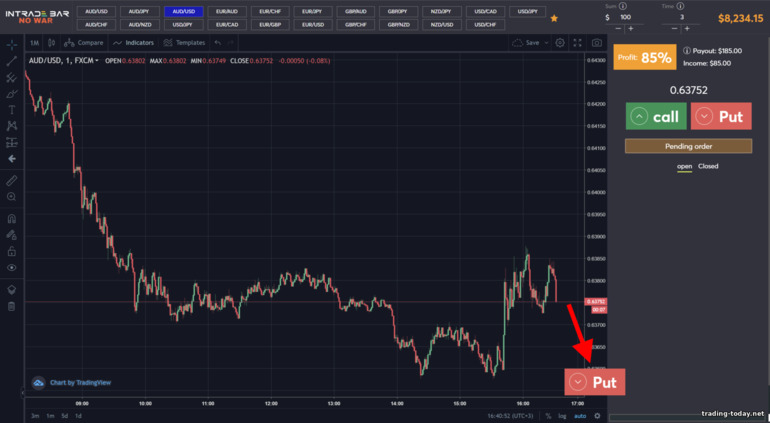
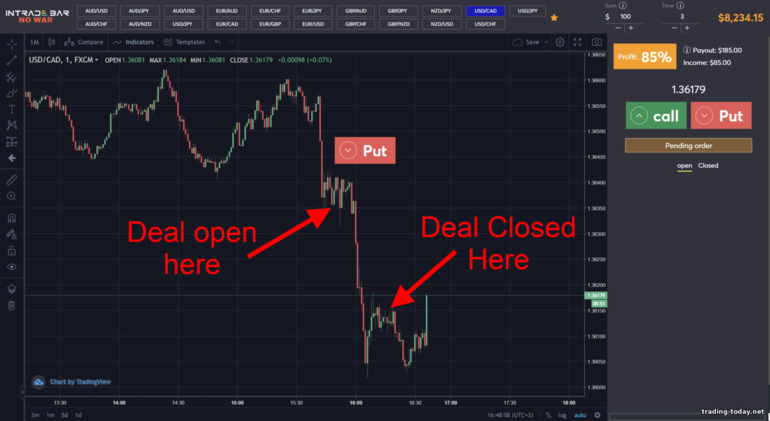

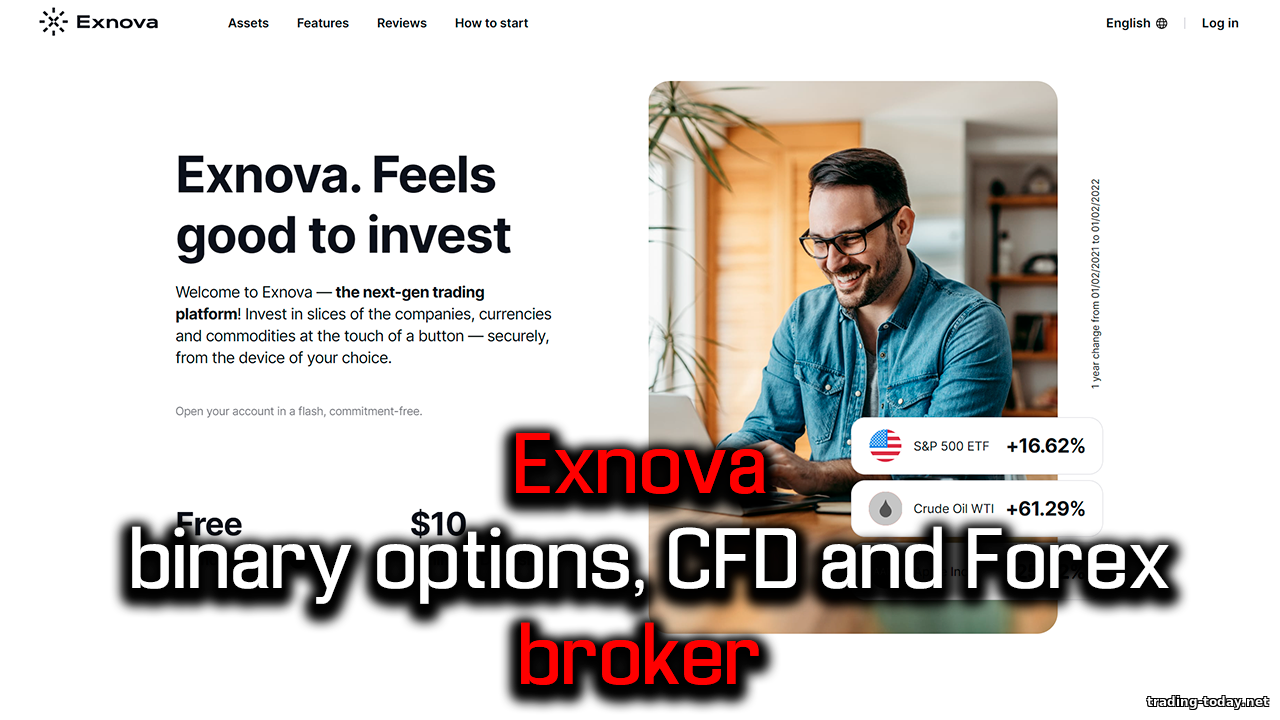


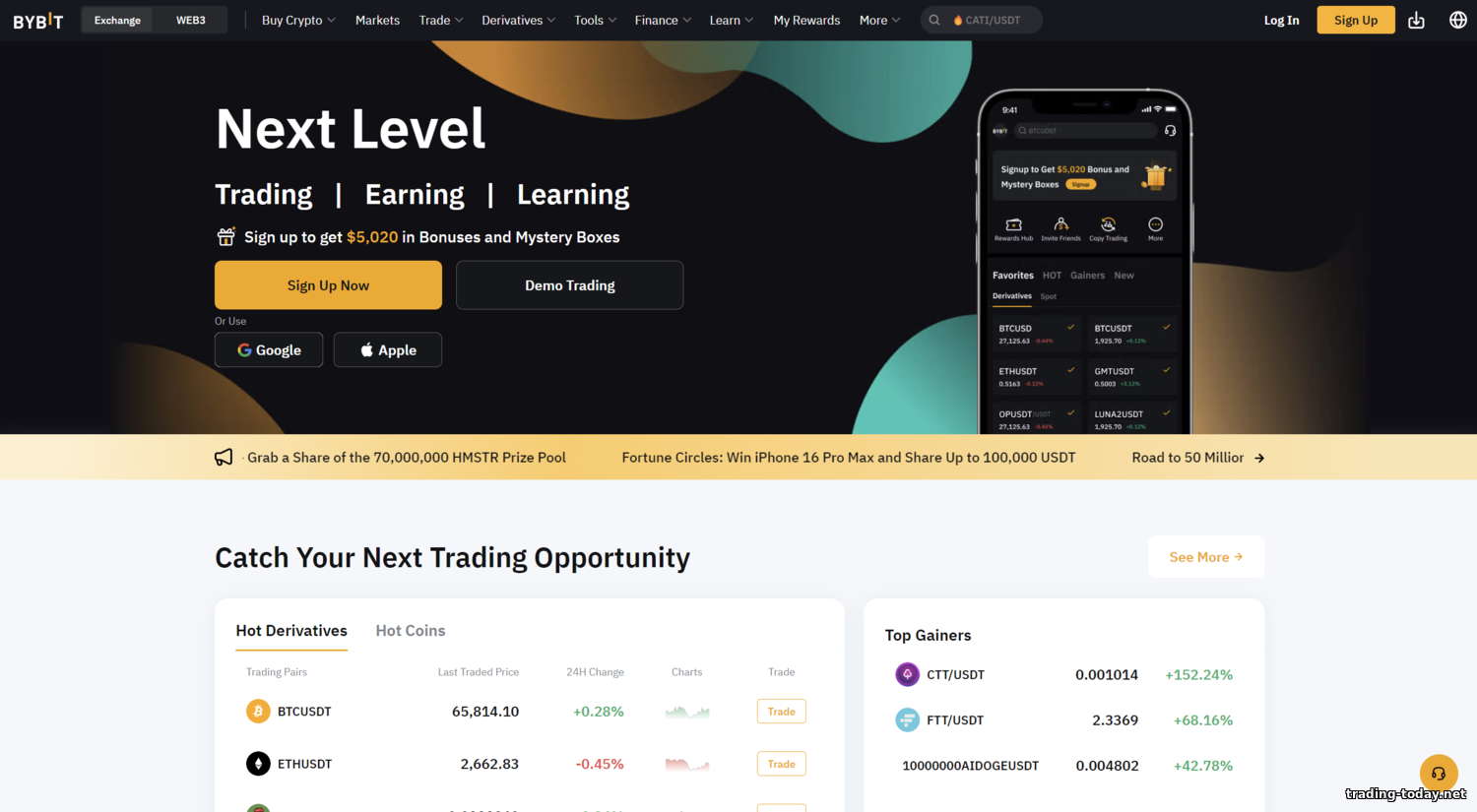
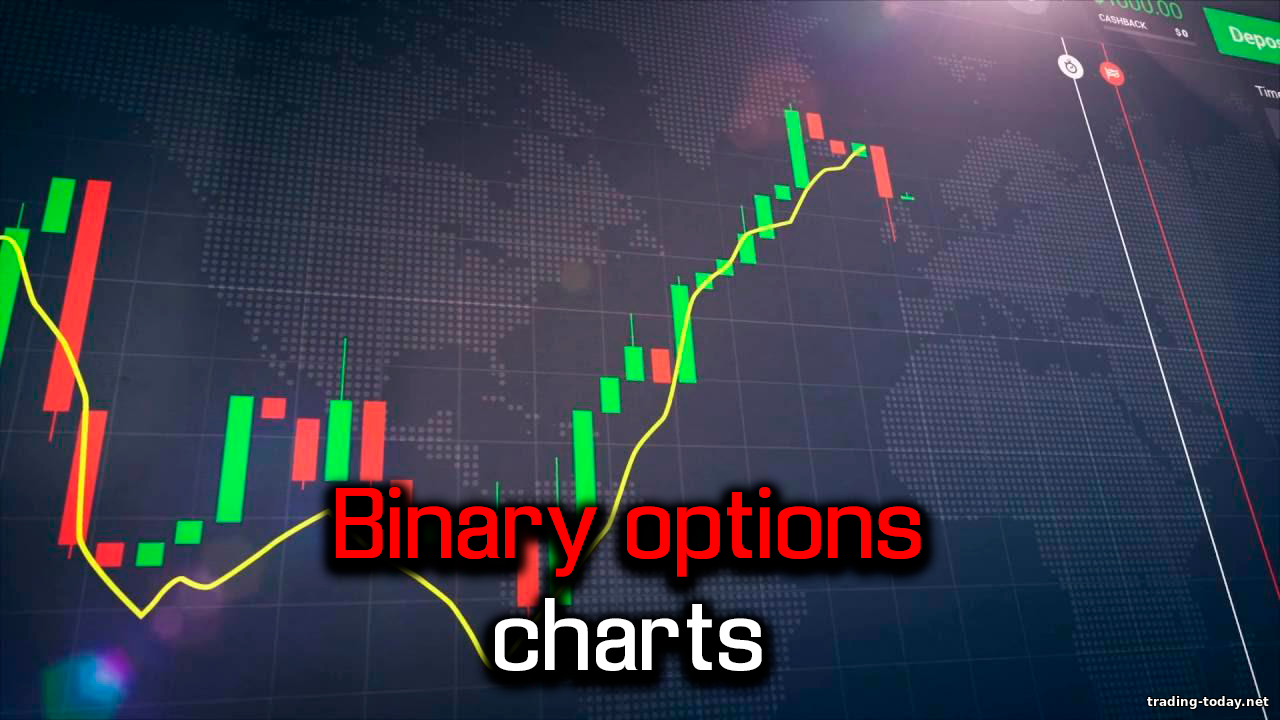

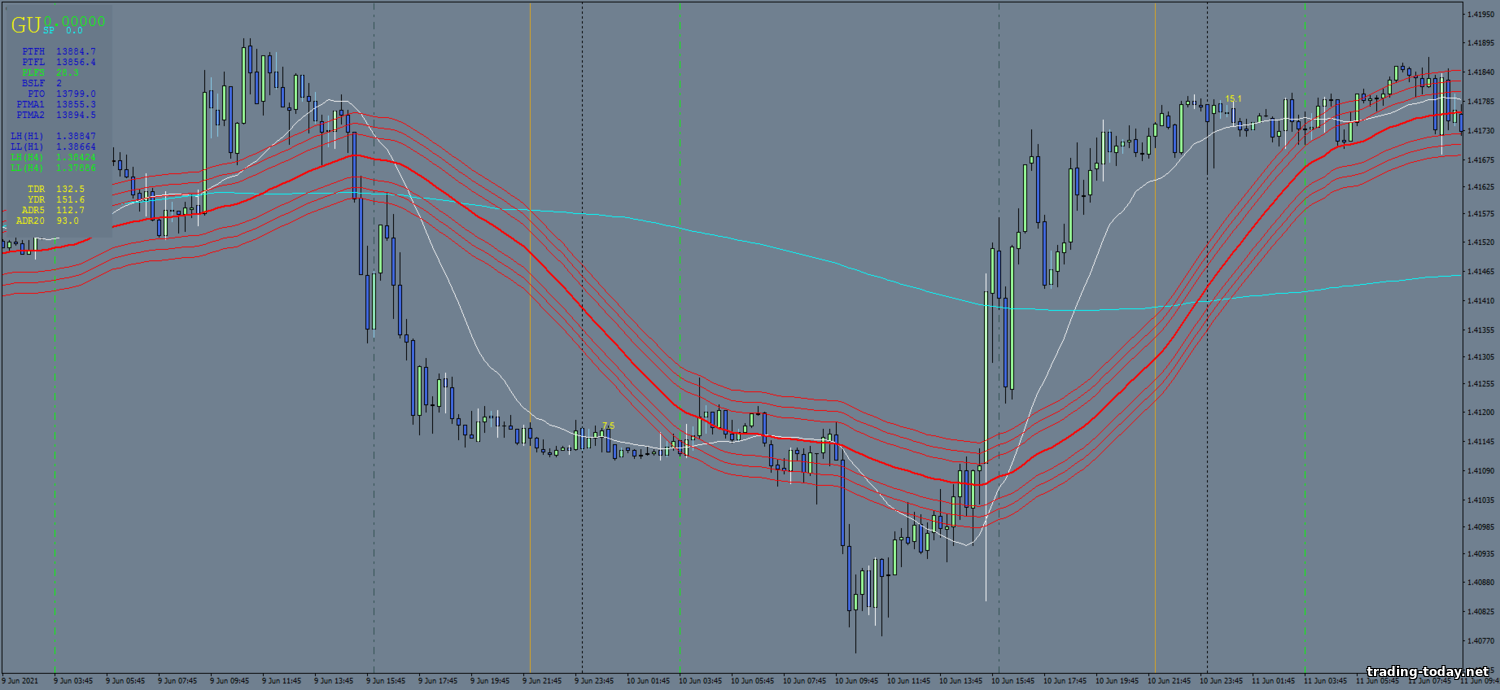
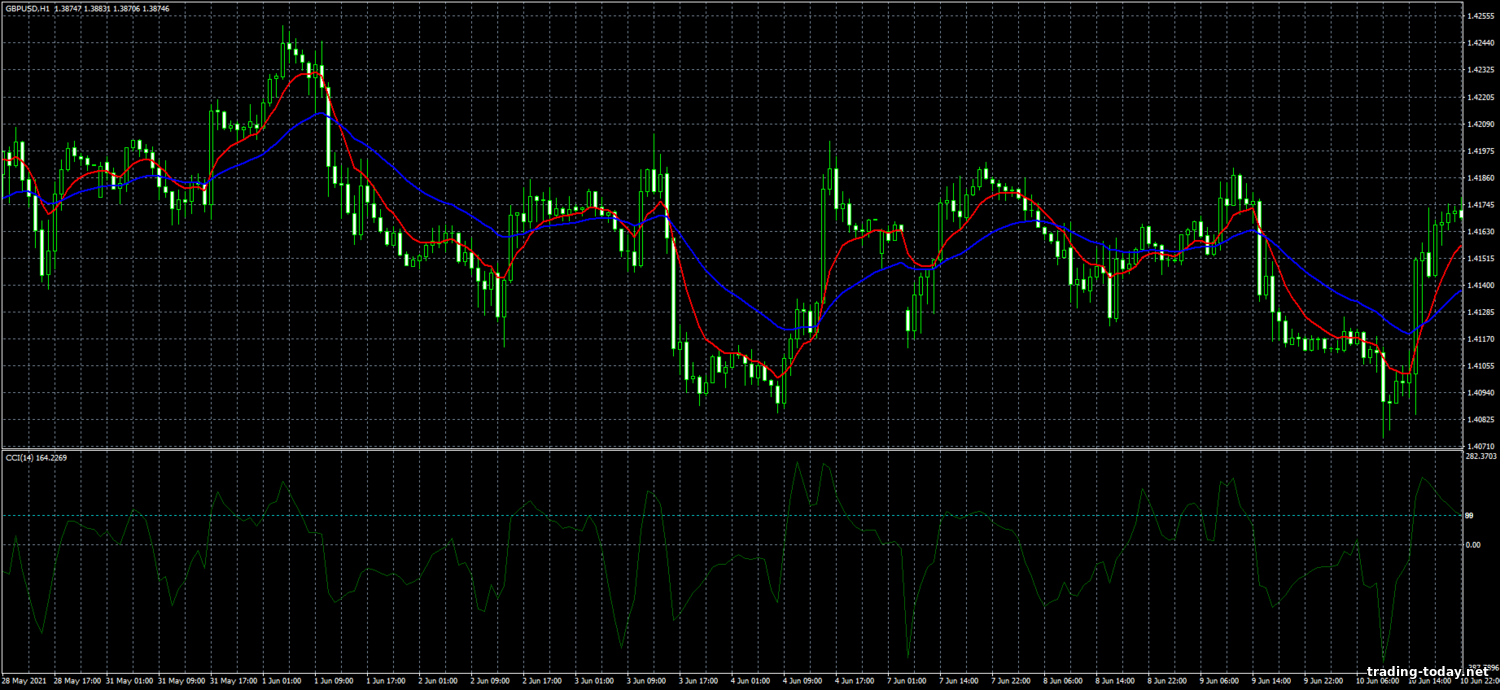
Reviews and comments